There are an astounding 24,000 species of native plant in Australia, making the country’s flora one of our most prized assets.
Native gardens are a great way to ensure that our beloved Australian animal species thrive and have a safe place to call home. Here’s what to think about if you’re looking to spruce up your garden or balcony with some native plants.
Remember: just because a plant is Australian doesn’t mean it can’t become a weed outside its native zone. Make sure to double-check with your local council or nursery to ensure you’re choosing plant species that are native to your area.
Best time to plant
The best time to plant depends on your climate and the type of plant.
Planting is usually done in the cooler months of the year: autumn, winter or early spring as it gives the plant time to establish itself before summer.
In areas subject to frosts, or cold below 2°C, it is best to plant in spring when any chance of frost has passed.
However, if you can water, then planting in summer can be very successful. The plants will often grow quicker in the warm ground as long as they are watered.
Pruning
Many Australian native plants benefit from regular pruning. Pinching off the growing tips promotes healthy new growth and can increase the number of flowers the plant produces.
Australian natives are constantly pruned in the wild by animals and the weather.
The best time to prune depends on the plant and why you are growing it. If it is providing nectar, tip prune after flowering has ceased, if seeds or fruit are the benefit, prune after these have finished.
Chemical use
Avoid using sprays and chemicals on natives as much as possible. Often, the more you use the more you have to use so it can become a vicious cycle. Using a chemical may solve one problem but often creates another.
Local plants typically have their own means of managing and overcoming pests and diseases. For example, if a native plant is attacked by insects and given a good prune, it will often recover and grow better after the trim.
The more insects there are, the more likely you will be to have a balance of good and bad insects. You will also have more birds.
Six natives for your garden
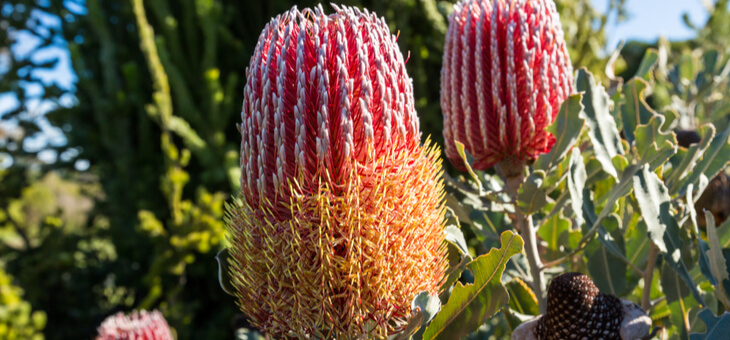
Banksia
Flowering in multiple colours, banksia will attract a range of native bees, birds and small mammals since their flowers are packed full of nectar.
With more than 173 species, banksia spans ground covers, low-growing shrubs and low-branching trees. They need full sun and well-drained, sandy soils. Water regularly after planting but once established they are low maintenance and can withstand dry conditions.
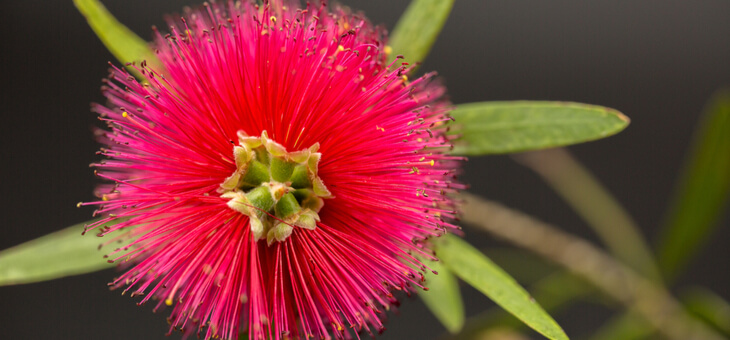
Bottlebrush
Known for its cylindrical red brush-shaped flowers, the bottlebrush is great for those needing a hardy, low maintenance plant.
Bottlebrush provide food and the perfect home for a range of wildlife, including possums, flying foxes, lizards, insects and nectar-eating birds.
They are fast-growing shrubs that prefer well-draining soil and a full sun position.
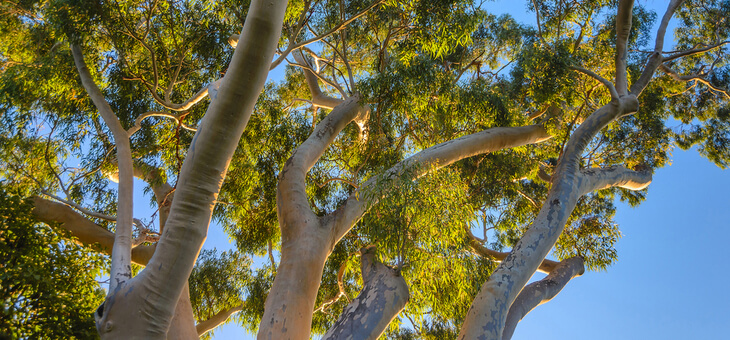
Gum tree (eucalyptus)
Gum trees are quintessentially Australian and are where some of our most iconic wildlife call home. There are more than 700 types, ranging from frost-hardy snow gums to the coolabahs of the outback, with many suitable for garden planting.
Some compact garden-friendly plants that are happy in the shade include the hardy peppermint gum (Eucalyptus nicholii) and the lemon-scented gum (Eucalyptus citriodora).

Wattle (acacia)
The wattle is a fast-growing tree with beautiful yellow flower balls. Of the 1350 species found worldwide, nearly 1000 are Australian.
Growing any type or amount of wattle in your garden will help provide shelter, food and habitats for Australian birds. The great pollen supply also tends to attract native bees.
The golden wattle (Acacia pycnantha) is Australia’s national flower.

Correas
Correas form neat, rounded bushes and are very forgiving as far as low understorey shrubs go.
Most of the 11 species in Australia are native to the southeast corner, but they can cope with a range of conditions, especially if shaded from the afternoon sun.
Correas respond well to pruning (or being nibbled by wallabies) and can be trimmed into hedges and shapes.
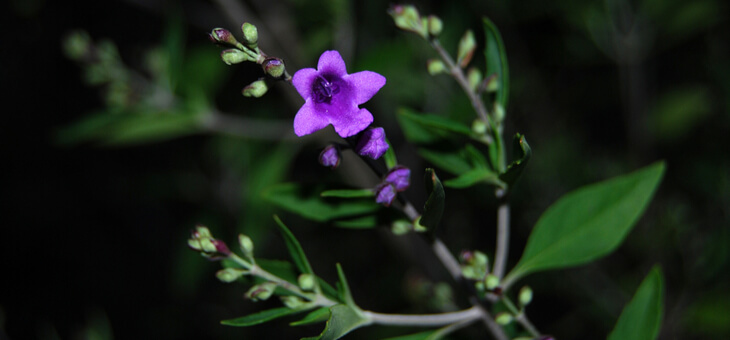
Mint bushes
This group of large shrubs are related to sage and rosemary, and have beautifully scented leaves that smell of mint when crushed.
They aren’t found anywhere else in the world and each state has a local species – making them truly Australian.
These evergreen shrubs generally prefer semi or even full shade and don’t like to dry out, but once established they can be quite tough. Many tend to droop if they dry out, a good warning sign that your garden needs watering.
Ideal natives for balcony gardens
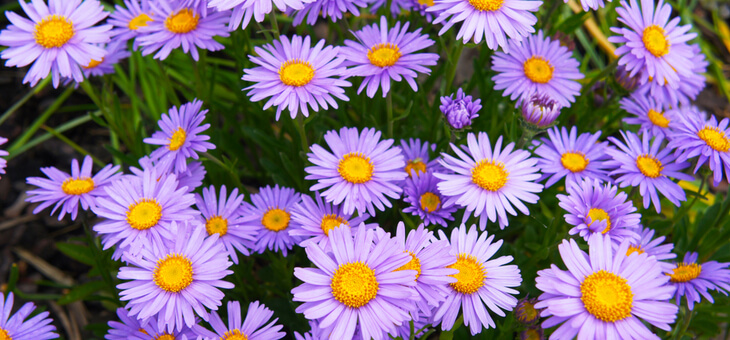
Brachyscome daisy
These delightful daisies grow to about 20-30cm high and 30-40cm wide, forming evergreen mounds that bear flowers nearly all year, peaking in spring and autumn. They are small enough to grow in a pot or hanging basket.
They like full sun, a bit of extra water in summer, good drainage, and benefit from a light trim after peak flowering to keep them neat.
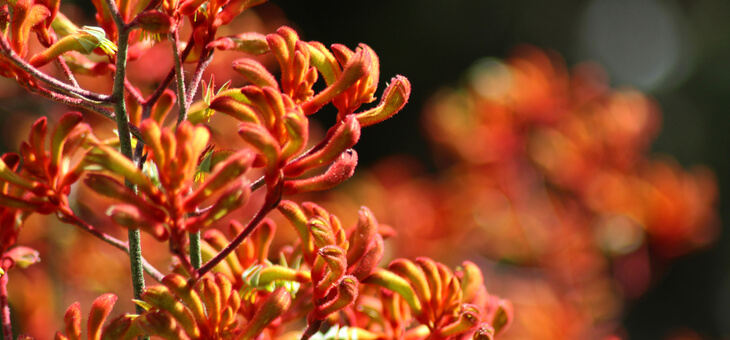
Kangaroo paw
The furry flower of this native is shaped like a kangaroo’s paw and can bloom in multiple colours, though they’re mainly red when not growing in the wild.
The flowers are packed full of nectar, making them a great option for lots of native birds, insects and mammals.
Apartment dwellers will be pleased to know that kangaroo paws are great as pot plants as long as they’re situated somewhere sunny.
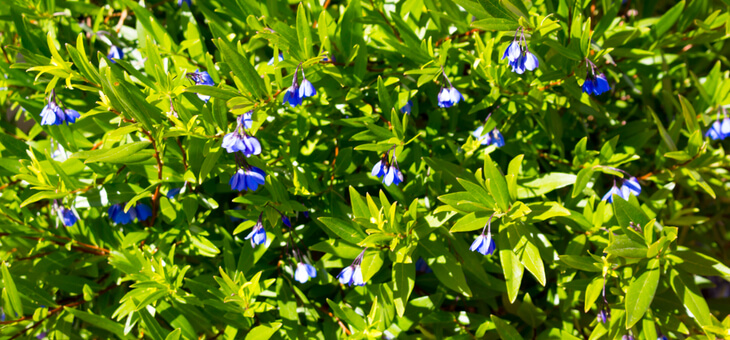
Native bluebell
These Australian wildflowers do really well in pots and hanging baskets in light shade – perfect to add a bit of colour on the balcony!
Do you have any natives in your garden or on your balcony? Are you keen to get planting? Why not share any native gardening tips you have in the comments section below?
Also read: How to get more touchy-feely in your garden

